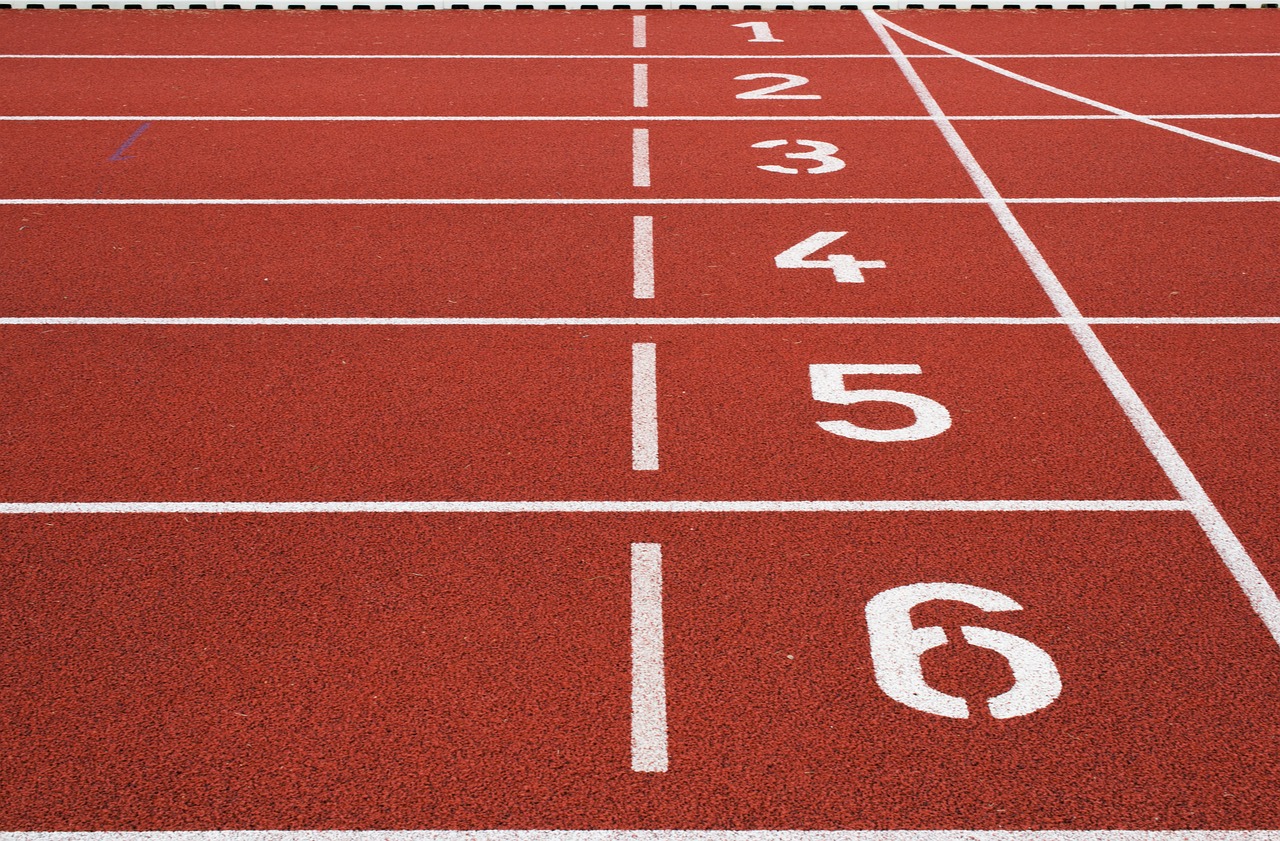The Ultimate Guide to Basketball Face Shields
In the world of sports, innovation is a constant pursuit to enhance both performance and safety. The basketball court, where athletes showcase their skills, agility, and teamwork, has seen its share of advancements. One such development is the basketball face shield—a piece of protective gear that has gained attention for its potential to provide players with an extra layer of safety. In this article, we’ll delve into the concept of basketball face shields, exploring their benefits, challenges, and impact on the game.
**1. The Genesis of Basketball Face Shields
The introduction of face shields in basketball was largely influenced by the ongoing concerns about player safety, particularly in contact sports. While basketball is not as physically demanding as football or hockey, collisions, stray elbows, and inadvertent contact can still occur during the fast-paced action. The idea behind the face shield is to reduce the risk of facial injuries while allowing players to focus on their performance without fear of getting hurt.
**2. Protection and Injury Prevention
Basketball face shields are designed to provide an extra layer of protection for players’ faces, including the eyes, nose, and mouth. They are usually made from high-impact, shatter-resistant materials like polycarbonate, which can absorb and distribute the force of impact. The shield’s transparent nature ensures that players’ visibility remains uncompromised, allowing them to maintain their court awareness and gameplay.
**3. Benefits of Basketball Face Shields
a. Enhanced Safety: The primary benefit of basketball face shields is undoubtedly player safety. By reducing the risk of facial injuries, players can confidently engage in the game without the fear of getting hit in sensitive areas.
b. Confidence Boost: Injuries, especially facial injuries, can have a psychological impact on players. The presence of a face shield can boost players’ confidence, allowing them to play more aggressively and without distraction.
c. Reduced Distraction: Traditional protective measures like masks or goggles can sometimes impair a player’s peripheral vision or comfort. Face shields, when designed well, can minimize such distractions and provide a more natural playing experience.
d. Injury Recovery: Face shields can also be valuable for players recovering from facial injuries. They can enable athletes to return to the court earlier while their injuries heal, reducing the risk of further damage.
**4. Challenges and Considerations
While basketball face shields offer significant benefits, they are not without challenges:
a. Adaptation Period: Players who are not used to wearing face shields may experience an adaptation period. The feel and weight of the shield can be different from playing without any protective gear.
b. Airflow and Fogging: Proper ventilation is crucial to prevent fogging, which can obstruct vision during intense play. Design modifications are necessary to address this challenge.
c. Comfort and Fit: Ensuring that the face shield fits comfortably and securely without interfering with a player’s movements or comfort is essential.
d. Regulation and Acceptance: The introduction of face shields has raised questions about whether they should be universally adopted or left to players’ discretion. Regulation and acceptance within the basketball community are important aspects to consider.
**5. The Evolution of Safety Gear
Basketball face shields are part of a larger trend in sports towards more advanced and specialized protective gear. From helmets in football to padding in hockey, the sports industry continually seeks to improve the safety of athletes without compromising their performance.
**6. The Impact on the Game
The introduction of basketball face shields could potentially impact the game in several ways:
a. Style of Play: Players who wear face shields may become more confident in driving to the basket, defending aggressively, and challenging for rebounds without the fear of facial injuries.
b. Defensive Tactics: Defenders might employ different strategies, such as trying to disrupt a player’s vision by aiming for the face shield. This could lead to strategic adaptations on both offense and defense.
c. Player Identity: Face shields might temporarily alter the recognition of players, especially if multiple players in a team wear them. Fans, commentators, and teammates may need some time to adjust.
Conclusion
Innovations like basketball face shields underscore the continuous quest to make sports safer and more accessible to athletes of all levels. While there are challenges to overcome, their potential to protect players from facial injuries and boost their confidence is undeniable. As basketball evolves, the integration of safety gear will likely continue to influence how players approach the game and how the sport itself adapts to these advancements. With a commitment to innovation, safety, and preserving the spirit of competition, basketball face shields represent a significant step forward in the realm of sports equipment.












Post Comment